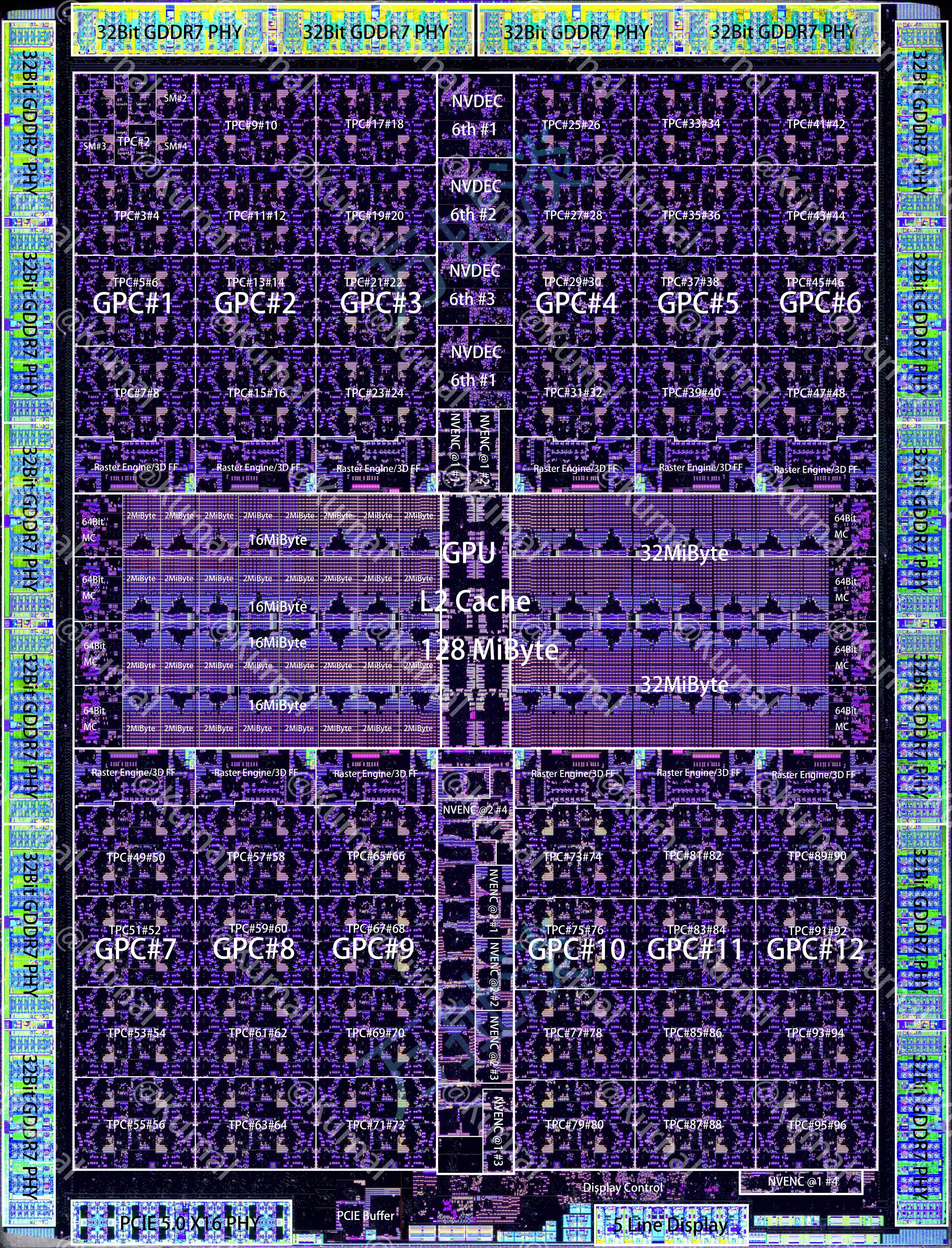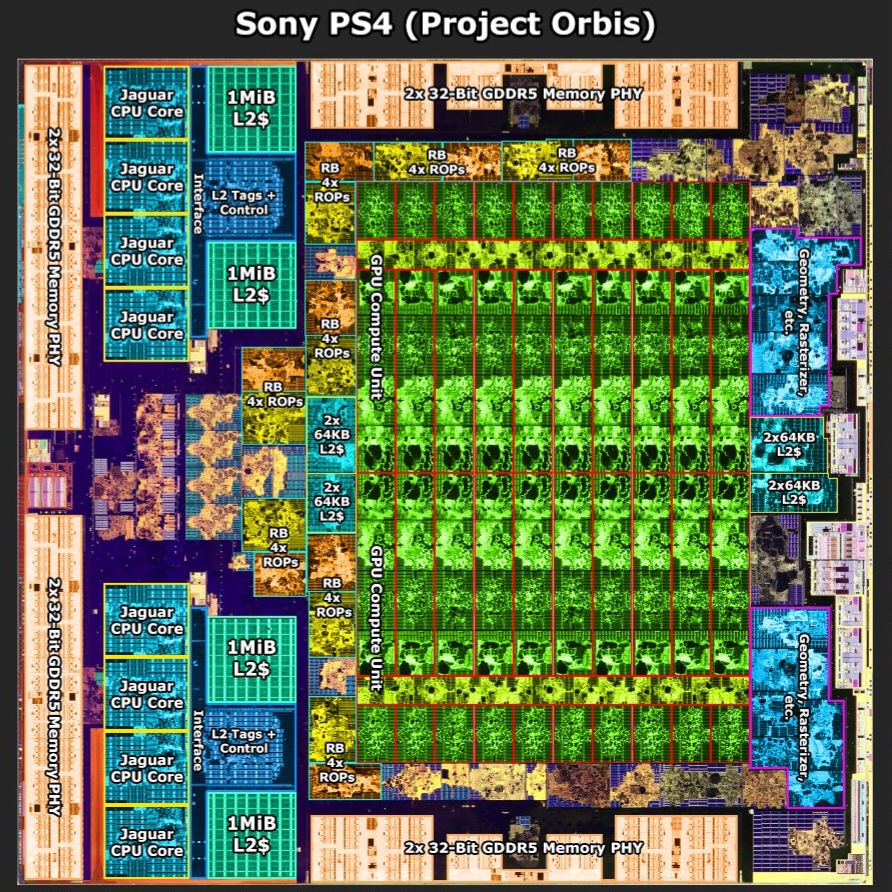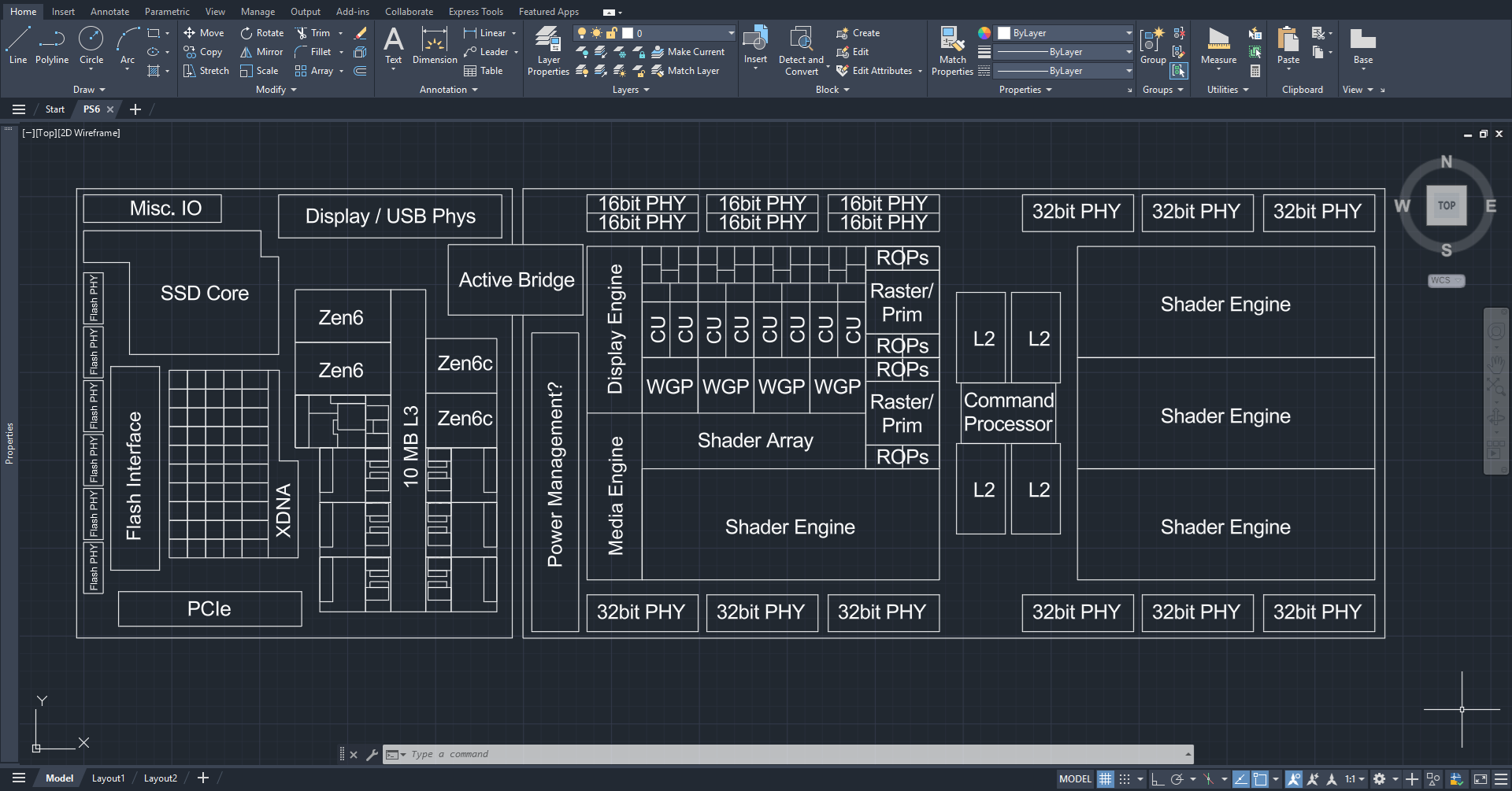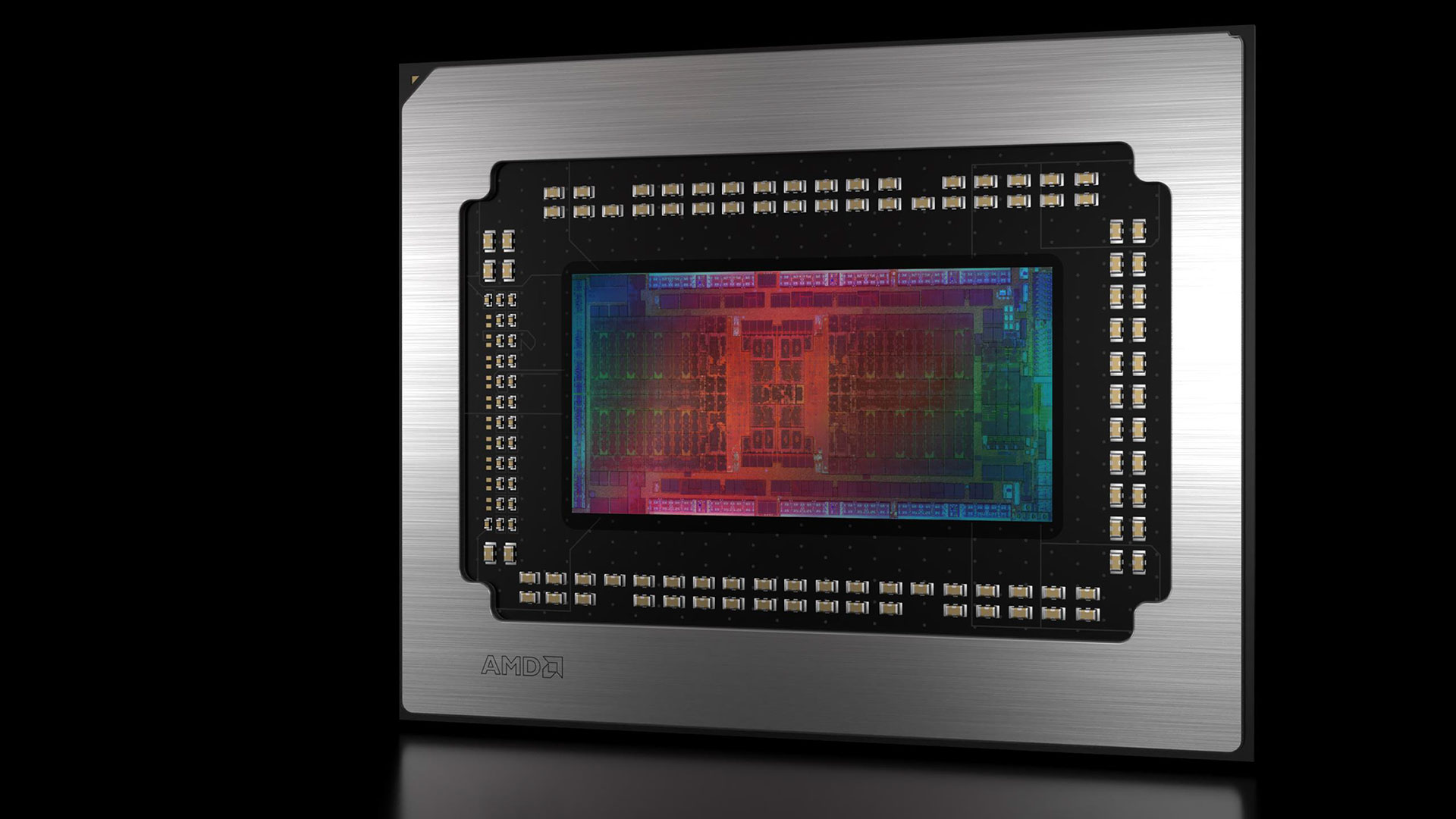CoreyFlawless
Member
What ever this come out of. Gta6 gonna play amazing on it
Very good point!Special sauce doesn't work if you want to port your games to PC, Xbox and Switch.
Software is what they will give. You either buy it or gamepass. We're not getting 50 million new IPs look at the top 20 lists.Because most of xbox's revenue is from console. Because on the ecosystem front they are being threatened by SteamOS and PS. They need numbers, not $1000-1500 devices nobody buys.
They will sell Software but software isn't what you were referring to:Software is what they will give. You either buy it or gamepass. We're not getting 50 million new IPs look at the top 20 lists.
Why would msft care? Xbox emerged due to crazy kaz saying after 100m psx sold they could put an os in PlayStation. There are rumored to be 900 million pc gamers.
Next gen is an ecosystem war.
Switch 1&2 vs ps4/5/6/pros vs pc/nextbox/portable pcs ect.. including tv
100% correct. The devices are your buy in however the software will be the difference.They will sell Software but software isn't what you were referring to:
If this is what's important then a $1000 "portable PC" has no chance against a Switch and an equally expensive "nextbox" no chance against a PS5.
Using the 7900xtx as a reference and taking in to account scaling of all units, moving from 5nm to 3nm should land ~215mm².I did a calculation where I removed all the infinity cache and fabric from Navi 48Xl, shrank down the command + display engines, and multiplied the shader engine, caches, phy controllers by 1.5x. There is enough die space left where we can get to 144CUs in 3 SEs in 264mm2 on TSMC n3p, assuming the WGP doesn't grow in size relatively.

Using the 7900xtx as a reference and taking in to account scaling of all units, moving from 5nm to 3nm should land ~215mm².
This leaves room for other stuff.
But I'm still questioning the memory controllers. PHY don't scale well at all.
For example, here is the 5090, which shows 6 GDDR7 PHY on both left and right sides similarly to MLiD diagram.

This is a massive 750mm² chip.
Now if you zoom in close to one of the GDDR7 PHY, you can see it's split into two 16bit slices. Could he have misinterpreted one of these 16bit slices as a 32bit PHY?
If we look at it that way, 6 × 32bit = 192bit-bus.
A 192bit bus isn't as bad as it seems.
Micron reveals the future of GDDR7 memory
One of the most interesting aspects of GDDR7 isn't its raw bandwidth, it's the memory's planned capacities. 16Gb (2GB), 24Gb (3GB), 32Gb (4GB), 48GB (6GB), and 64GB (8GB) modules are part of the GDDR7 standard.
Possible capacities:
6 chips × 3 GB = 18 GB
6 chips × 4 GB = 24 GB
6 chips × 6 GB = 36 GB
SK Hynix launches GDDR7 with up to 40Gbps speed
And possible bandwidth:
192bit-bus ÷ 8 × 28 = 686GB/s
192bit-bus ÷ 8 × 32 = 784GB/s
192bit-bus ÷ 8 × 36 = 882GB/s
196bit-bus ÷ 8 × 40 = 980GB/s
The benefits of a 192bit-bus is less power, complexity and cost.

It's not folded in half, it's two 32bit GDDR6 memory controllers on each MCD.Loxus
Looking at the GDDR6 controllers on the Navi 31 memory dies, you can fold them in half.
Edit: So the GDDR6 phys on the went from 13.7mm2 on TMSC 6nm to 6mm2 on TSMC4nm, that's over 2x in scaling when it should only be 1.26x.
So phy controller scales better than logic.
Can you double check my math? Below is the folded GDDR6 phy controllers on the 6 memory dies, 37mm2 on N6.


So if we assume Magnus is the next-gen Xbox SoC then what timeline for release we looking at? Still late '26 or like both Sony and Microsoft have many times release at the same time in late '27 or '28?
Ok in the RX 5090 die shot they are all in one straight lines but in the Navi 31 MCD they are stacked, one 32 bit on top of each other.It's not folded in half, it's two 32bit GDDR6 memory controllers on each MCD.
But you're on to something.
It would make sense if a 32bit PHY is folded instead of going long ways.
Sony did something similar with the PS4.

Orbis is "Circle" in Latin.
Keep in mind the 5090 is 750mm².Ok in the RX 5090 die shot they are all in one straight lines but in the Navi 31 MCD they are stacked, one 32 bit on top of each other.
6 32bit Phy on each side in two rows should fit the long edge of a 264mm2 die.

Switch to highly controversial political denominations. I like it. PS6 is Zion, it's PSVR headset is Al-Andalus and the PS6Pro is Reich.
So if we assume Magnus is the next-gen Xbox SoC then what timeline for release we looking at? Still late '26 or like both Sony and Microsoft have many times release at the same time in late '27 or '28?
Nice work. How much bigger is the WGP in your design compared to RDNA 4 assuming the same node.Keep in mind the 5090 is 750mm².
This is how I envision how it would look.
It's just a quick something using Strix Point (Ryzen AI 9) and RDNA3 die shot.
It's most likely 96CU like Kepler was saying.

Ignore all the SSD stuff, just wishful thinking.
Could be a hint from Heisenberg that Sony have switched to Matrix codenames after Trinity for PS5 Pro but more likely an example. PS5 APU codename was Oberon.
Wow nice jobKeep in mind the 5090 is 750mm².
This is how I envision how it would look.
It's just a quick something using Strix Point (Ryzen AI 9) and RDNA3 die shot.
It's most likely 96CU like Kepler was saying.

Ignore all the SSD stuff, just wishful thinking.
PS4 Pro codename was neo.
Hard to tell without a proper RDNA4 die shot.Nice work. How much bigger is the WGP in your design compared to RDNA 4 assuming the same node.
60% denser Logic, SRAM and Analog are pretty much the same.
Quoting myself from just a few days ago
Die size suggests something like 80 CUs at probably 3GHz or so, which puts Sparse Matrix FP4 performance at almost 2000 Teraflops or 83x faster than the Xbox Series X using FP16 (technically still not the biggest leap ever, but a very large number at least)

These are most of the codenames for Playstation from PS4/PS5 generation.Yeah Kepler reminded me that the Shakespeare related codenames like Oberon are AMD's and the Matrix ones are Sony's. So from that I take it that Zion being the Sony codename for PS6 is a good possibility.
Viola was just PS5 Pro, PS5 Slim was Oberon Plus.These are most of the codenames for Playstation from PS4/PS5 generation.
Shakespeare references
(PS5 generation)
Prospero - PS5 console codename
Oberon - PS5 production SoC
Ariel - Early PS5 prototype
Gonzalo - Even earlier PS5 prototype
Viola - PS5 Slim/Refresh & PS5 Pro SoC
The Matrix references
(Pro models)
Neo - PS4 Pro console codename
Trinity - PS5 Pro console codename
Superman universe reference
Krypton - PS4 Pro dev kit codename
UK cities
(AMD SoCs for PS4 family)
Liverpool - PS4 launch SoC
Newcastle - PS4 Slim SoC
Glasgow - PS4 Pro SoC
River name
(AMD console refresh)
Monongahela - PS4 Slim console codename
Latin / classical / mythology
Orbis - PS4 base console codename (Latin: "Circle")
Vita - PS Vita retail name (Latin: "Life")
Internal / dev references
Devin - PS5 dev kit codename
NGP - PS Vita codename ("Next Generation Portable")
This would be around 4 times faster assuming UDNA architecture. This is coming close to the 4090, and that's 4.5 times faster.Double the performance of PS5 isn't strong enough for PS6.
PS5 is 5 times stronger than PS4.
Forgot about Flute, I thought that was a random name.Viola was just PS5 Pro, PS5 Slim was Oberon Plus.
During development PS5 SoC revisions also used the codenames Bishop, Cardinal and Flute.
let me ask you guys something, if the ps5 continues to be the basis for development and receive all games is this a ps6 or a ps5 pro 2?
Moore law is dead, any console more powerful will cost more and will not get cheaper overtimeSony won't release a PS6 until they know that developers are nearly done with PS5 as basis....
The right question should be:
"How close are we to the limits of PS5? (also considering they added a PS5 Pro as well a few months ago)
Sales dictate everything, SIE is expecting to ship 15M PS5 units on the fiscal year ending March 31, 2026.Sony won't release a PS6 until they know that developers are nearly done with PS5 as basis....
The right question should be:
"How close are we to the limits of PS5? (also considering they added a PS5 Pro as well a few months ago)
Looking at that floorplan 6 SE x 8 WGP config does seem more likely for Magnus. That is one seriously overkill GPU for a console but I guess MS doesn't another PS5 vs Xbox series X situation where power difference is almost non-existent.
Really? Ok then.This would be around 4 times faster assuming UDNA architecture. This is coming close to the 4090, and that's 4.5 times faster.
That is more of a render, than an actual die shot.

I don't think devs will be done with a ps5 even well into the ps6 life.Sony won't release a PS6 until they know that developers are nearly done with PS5 as basis....
The right question should be:
"How close are we to the limits of PS5? (also considering they added a PS5 Pro as well a few months ago)
That is one seriously overkill GPU for a console but I guess MS doesn't another PS5 vs Xbox series X situation where power difference is almost non-existent.
Another big brain move from Spencer. Make the difference in hardware when it became less and less important due to the quality of AI upscalers. Truly the brain behind GamePass.Looking at that floorplan 6 SE x 8 WGP config does seem more likely for Magnus. That is one seriously overkill GPU for a console but I guess MS doesn't another PS5 vs Xbox series X situation where power difference is almost non-existent.
Looking at that floorplan 6 SE x 8 WGP config does seem more likely for Magnus. That is one seriously overkill GPU for a console but I guess MS doesn't another PS5 vs Xbox series X situation where power difference is almost non-existent.
Keep in mind the 5090 is 750mm².
This is how I envision how it would look.
It's just a quick something using Strix Point (Ryzen AI 9) and RDNA3 die shot.
It's most likely 96CU like Kepler was saying.

Ignore all the SSD stuff, just wishful thinking.
The PS6 is n2p?DoubtConsidering that PS6 is releasing in 2027+, I don't see how they can guarantee a substantial power difference when PS6 will be on n2p and the Series X2 will be on n3p. It's a 40% density gap. That's not their goal because it's not going to be a realistic goal. Their goal is to be the best gaming PC one can get in a console like hardware / form factor (i.e. APU + soldiered GDDR7 main memory) that can rival RTX 5080 / 4090 performance in 2026. By 2028/2029, they'll have a successor that will trounce the PS6 handily.
Hypothetical PS6 in 2027 will have
8-10 core Zen 6
24GB GDDR7 on 256 bit bus (896GB/s bandwidth)
64mb Infinity Cache
72/76Cus at 3.5 ghz (up to ~66 teraflops)
whichever forward UDNA 2/3 features Cerny decides to incorporate.
~300nm die size
$599-$699 (Most likely $699)
such a PS6 will likely perform as well if not better with optimized console SKUs of games.

Hellosuch a PS6 will likely perform as well if not better with optimized console SKUs of games.
Hello
Why would you assume the Xbox consoles won't have optimized SKUs?
Says who?when PS6 will be on n2p
Says who?
Install base is irrelevant though. MS won't be selling Steam/Epic versions, Xbox will be the default front facing store, in order to get a Xbox certification for publishing on Xbox Store, it will have to be an Xbox ecosystem/platform game created by the GDK and/or optimized by the GDKX for the set of AMD APUs.It'll have proportionally less compared to current gen because the install base of the console + the handheld will not cross 25 million.
Or my 30k super computer.Probably won't be better than my $4K PC tho.
It's the same size as RDNA3.Looking at the diagram again, your WGPs are really wide compared to the ones in RDNA3 and RDNA2. Can you probably can easily do 1-2 more columns in every shader array for a total of 120CUs to 144CUs like I had calculated earlier.
Another big brain move from Spencer. Make the difference in hardware when it became less and less important due to the quality of AI upscalers. Truly the brain behind GamePass.
